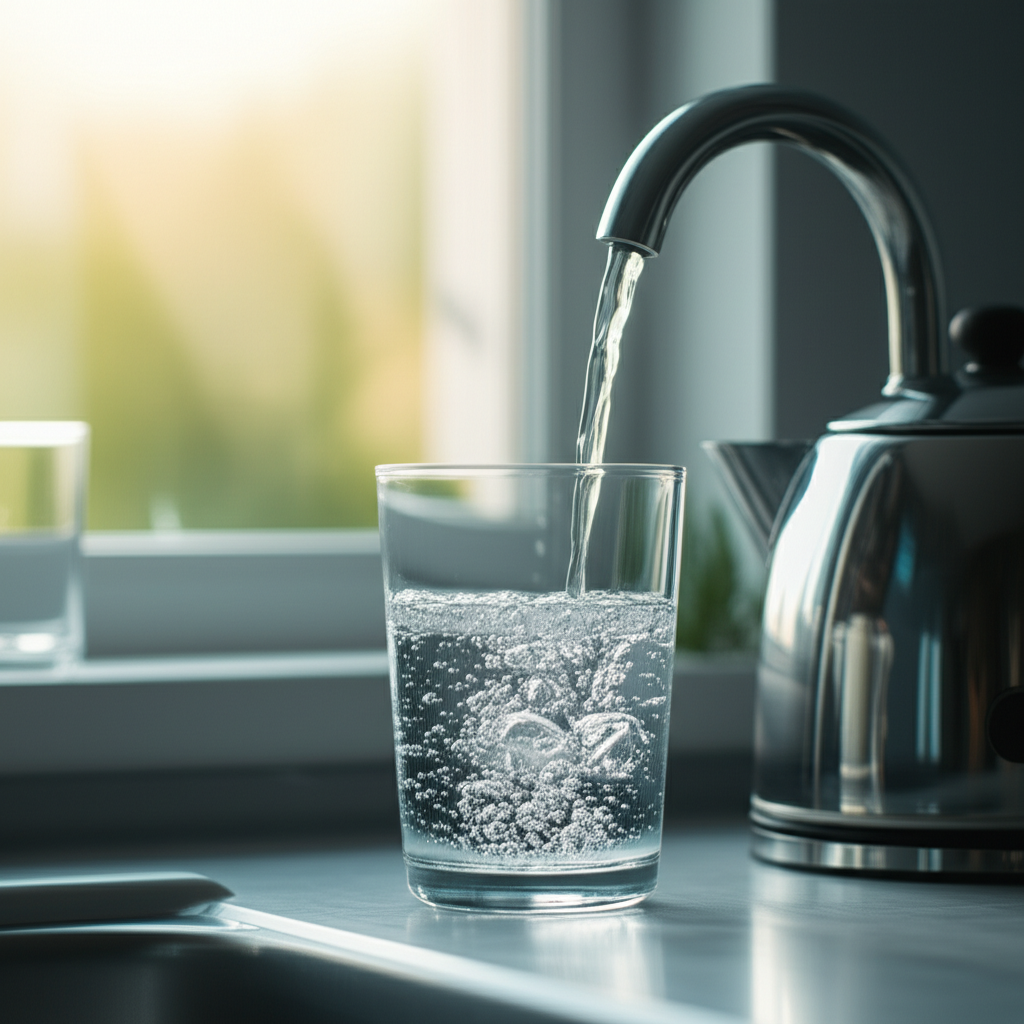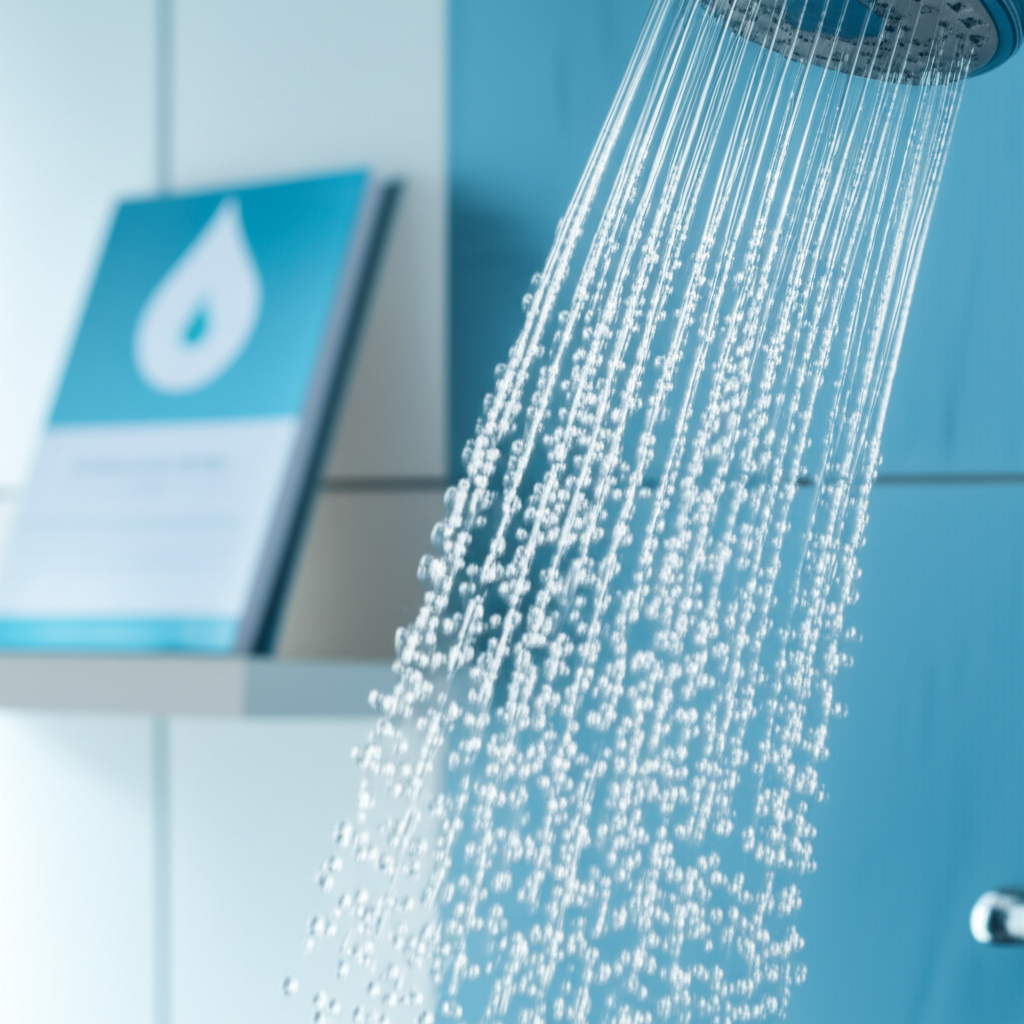- Understanding Calcium Hardness and Its Impact
- The Undeniable Benefits of Effortless Soft Water
- How to Measure Your Water Hardness
- Effective Strategies for Lowering CH
- Ion-Exchange Water Softeners (Salt-Based)
- Salt-Free Water Conditioners (Descalers)
- Reverse Osmosis (RO) Systems
- Chemical Lowering CH Solutions
- Choosing the Right Softening Solution for Effortless Soft Water
- Maintaining Your Soft Water System
Lowering CH, or Calcium Hardness, is a home improvement goal that promises a wealth of benefits, transforming daily chores and enhancing your well-being. From sparkling dishes to softer skin, the advantages of transitioning from hard to soft water are undeniable and far-reaching. This comprehensive guide will navigate you through understanding CH, its impacts, and the various effortless methods available to achieve the luxurious and efficient experience of soft water in your home.
Understanding Calcium Hardness and Its Impact
Calcium Hardness (CH) refers to the concentration of dissolved calcium and magnesium minerals in your water supply. While these minerals are naturally occurring and vital to human health in small quantities, their presence in high concentrations leads to what is commonly known as “hard water.” And hard water, unfortunately, comes with a host of undesirable side effects.
The most visible sign of high CH is the dreaded limescale – a chalky white residue that builds up on faucets, showerheads, kettles, and other water-using appliances. This isn’t just an aesthetic nuisance; it’s a sign of deeper issues. Limescale acts as an insulator, reducing the efficiency of your water heater, espresso machine, and dishwasher. Over time, these mineral deposits can accumulate within pipes, leading to reduced water pressure and even costly blockages.
Beyond appliances, hard water affects your personal care and cleaning routines. It reacts poorly with soap, preventing it from lathering effectively and leaving behind sticky soap scum on surfaces and an uncomfortable residue on your skin and hair. This means you need to use more soap, shampoo, and detergents to achieve desired results, leading to increased household costs and a less satisfying experience. For those with sensitive skin, hard water can exacerbate dryness, itchiness, and conditions like eczema.
The Undeniable Benefits of Effortless Soft Water
The transformation to soft water brings an immediate and noticeable improvement across your household.
Extended Appliance Lifespan: By eliminating limescale buildup, soft water significantly extends the life of your water heater, dishwasher, washing machine, and other water-using appliances, saving you money on repairs and replacements.
Reduced Energy Consumption: Appliances like water heaters operate more efficiently without mineral deposits, leading to lower energy bills.
Brighter, Cleaner Laundry: Clothes washed in soft water emerge cleaner, softer, and brighter, with less detergent residue. Colors remain vibrant for longer, and fabrics feel much better against the skin.
Spotless Dishes and Glassware: Say goodbye to unsightly water spots on your dishes, glasses, and cutlery. Soft water ensures a streak-free shine every time.
Softer Skin and Shinier Hair: Without the mineral residue, your skin feels smoother and more hydrated, and your hair appears glossier and more manageable. You’ll likely find you need less conditioner and lotion.
Less Cleaning, More Shine: Soap scum becomes a thing of the past. Showers, tubs, and sinks stay cleaner for longer, requiring less strenuous scrubbing.
Significant Savings: You’ll use 50-75% less soap, shampoo, detergent, and cleaning products, leading to substantial savings on your household budget over time.
How to Measure Your Water Hardness
Before you can effectively tackle lowering CH, it’s crucial to understand just how hard your water is. Water hardness is typically measured in grains per gallon (gpg) or parts per million (ppm).
DIY Test Kits: Affordable test kits are widely available at home improvement stores. These usually involve dip strips or liquid reagents that change color to indicate hardness levels. While convenient, they offer a general idea rather than precise readings.
Professional Testing: Your local water utility can often provide information about the average water hardness in your area. For a more accurate assessment, especially if you have well water, a professional water test from a certified lab is recommended. This can also identify other potential contaminants.
General Hardness Scale:
Soft Water: Less than 1 gpg (0-17.1 ppm)
Slightly Hard Water: 1 to 3.5 gpg (17.1-60 ppm)
Moderately Hard Water: 3.5 to 7 gpg (60-120 ppm)
Hard Water: 7 to 10.5 gpg (120-180 ppm)
Very Hard Water: Over 10.5 gpg (180+ ppm)
Effective Strategies for Lowering CH
Achieving effortless soft water involves various technologies, each with its own mechanism and benefits.
Ion-Exchange Water Softeners (Salt-Based)
This is the most common and effective method for truly removing hardness minerals.
How it works: Hard water flows into a tank containing resin beads charged with sodium ions. As calcium and magnesium pass over the beads, they attach to the resin, exchanging places with the sodium ions. Periodically, the system regenerates itself by flushing the resin with a brine (saltwater) solution, which cleanses the beads and recharges them with sodium, sending the hardness minerals down the drain.
Pros: Highly effective at eliminating hardness, proven technology, provides true soft water.
Cons: Requires salt refills, produces wastewater during regeneration, the added sodium can be a concern for some (though minimal), initial cost.
Salt-Free Water Conditioners (Descalers)
These systems don’t technically remove hardness minerals but rather condition the water to prevent scale buildup.
How it works: Various technologies exist, including Template Assisted Crystallization (TAC), magnetic, or electronic systems. They work by changing the structure of the hardness minerals, making them less likely to stick to surfaces and form scale.
Pros: No salt required, no wastewater, often lower maintenance, retains beneficial minerals in the water.
Cons: Doesn’t provide true “soft” water feel (e.g., soap still lathers less than with softened water), effectiveness can vary, not suitable for extremely hard water.
Reverse Osmosis (RO) Systems
While typically a point-of-use (POU) system for drinking water, RO can also be used for whole-house applications, though it’s less common for just hardness.
How it works: Water is forced through a semi-permeable membrane that filters out nearly all dissolved solids, including calcium and magnesium.
Pros: Extremely effective at purifying water, removes a wide range of contaminants in addition to hardness.
* Cons: Slow production rate, generates significant wastewater, often requires a storage tank, removes beneficial minerals, can be expensive for whole-house use.
Chemical Lowering CH Solutions
For very specific, small-scale applications, certain chemicals (like polyphosphates) can be introduced to the water to bind with hardness minerals, preventing them from forming scale. However, these are not typically used as whole-house softening solutions due to the need for continuous chemical addition and potential limitations.
Choosing the Right Softening Solution for Effortless Soft Water
Selecting the best system for lowering CH depends on several factors:
1. Water Hardness Level: For very hard water (above 7 gpg), an ion-exchange softener is generally the most effective.
2. Budget: Consider both initial purchase and installation costs, as well as ongoing operational expenses (salt, filter replacements, energy).
3. Household Size and Water Usage: Larger households require systems with higher capacity.
4. Environmental Concerns: If saltwater discharge is an issue for your local regulations or personal preferences, a salt-free conditioner might be more appealing.
5. Desired Outcome: Do you want true soft water (ion exchange) or just scale prevention (salt-free conditioner)?
6. Maintenance Preference: Salt-based systems require periodic salt refills, while others might need filter changes.
It is often beneficial to consult with a qualified plumbing professional or water treatment specialist. They can analyze your specific water composition, assess your household’s needs, and recommend the most efficient and cost-effective approach to achieving effortless soft water.
Maintaining Your Soft Water System
Once you’ve installed a system for lowering CH, a little maintenance goes a long way to ensure its longevity and continued performance. For ion-exchange softeners, regularly check and refill the salt tank, typically every few weeks to months depending on usage. Some systems also benefit from periodic cleaning of the brine tank. For salt-free conditioners and RO systems, routine filter changes are crucial to maintain their effectiveness. Always refer to your system’s user manual for specific maintenance schedules and recommendations.
Achieving soft water in your home isn’t just about luxury; it’s about efficiency, savings, and enhanced quality of life. By understanding the causes and effects of calcium hardness and exploring the various effective solutions, you can effortlessly transform your water, unlocking a world of benefits for your home and everyone in it.




